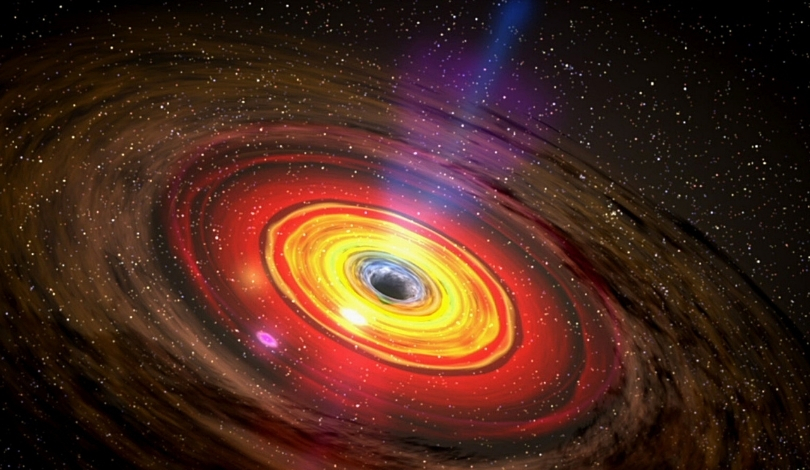At the end of 2024, astronomers identified an asteroid designated 2024 YR4 under the classification R4. This celestial body entered scientific discourse due to its potential proximity to Earth in 2032. The discovery underscores the ongoing efforts in planetary defense and the importance of tracking near-Earth objects.
Past asteroid observations have varied in their predicted trajectories, reflecting the challenges in precise orbital calculations. The current assessment of 2024 YR4’s path shows an increased impact probability, a development that aligns with historical patterns of initial uncertainty in asteroid tracking. This evolution in risk assessment emphasizes the dynamic nature of celestial monitoring.
How has 2024 YR4’s impact probability evolved?
Initially estimated with a 1% chance of striking Earth, the probability for 2024 YR4 impacting Earth by December 22, 2032, has risen to 2.3%. This increase results from additional measurements refining its orbital path, leading to more simulations that suggest a higher likelihood of collision.
What measures are in place to track its trajectory?
NASA‘s Planetary Defense Coordination Office utilizes advanced orbital simulations and continuous monitoring to track 2024 YR4’s movement. By conducting thousands of simulations, scientists can better predict its path and assess the potential risks associated with its orbit.
What potential risks does 2024 YR4 pose to Earth?
While the current probability indicates a possible Earth encounter, 2024 YR4’s size is insufficient to cause a global catastrophe. Its most likely trajectory suggests a close approach within the Moon’s orbit, allowing sufficient time for potential mitigation strategies if necessary.
Advancements in tracking technology enable more accurate predictions of asteroid paths, vital for planetary defense. Engaging international collaborations enhances our capability to respond to potential threats like 2024 YR4. Continued vigilance and investment in space monitoring systems are essential for safeguarding Earth against future celestial impacts.










